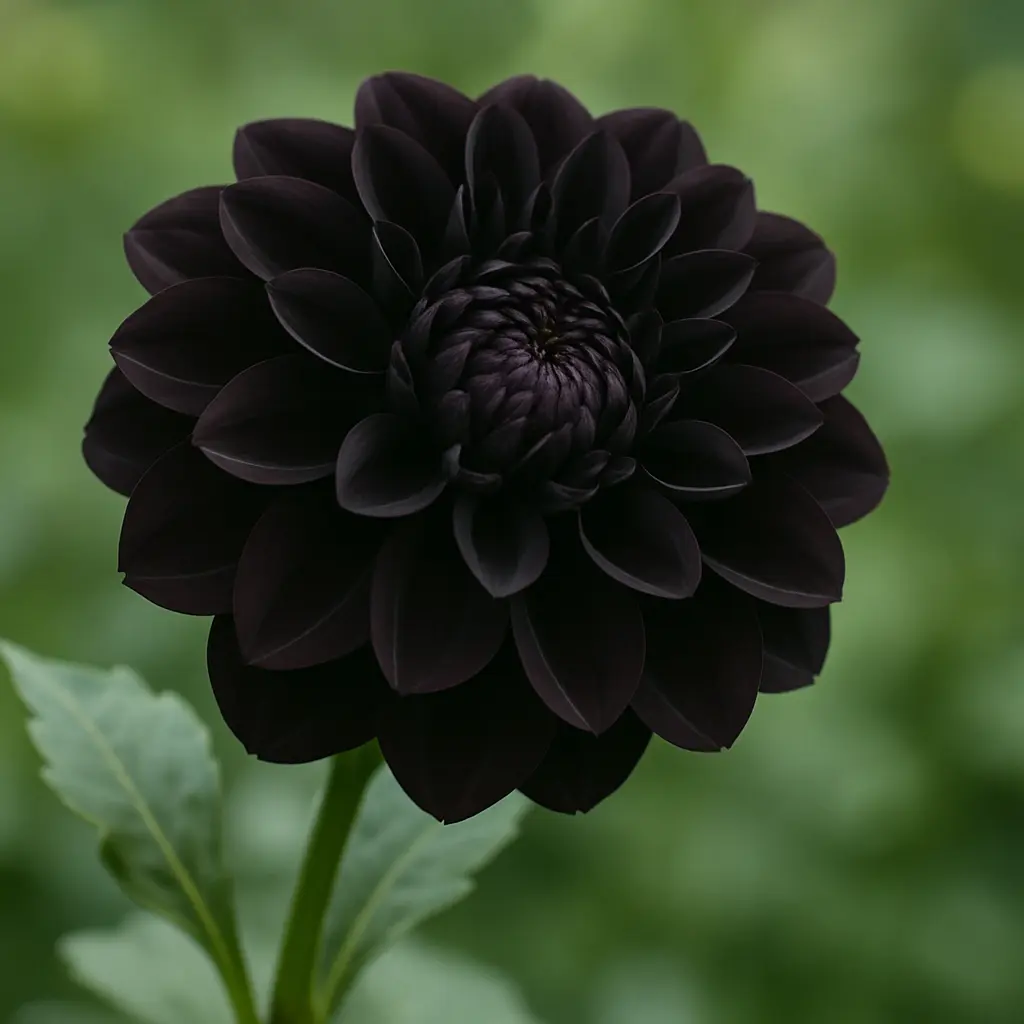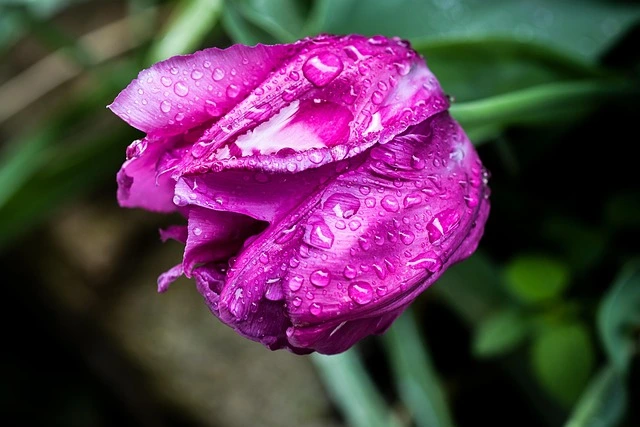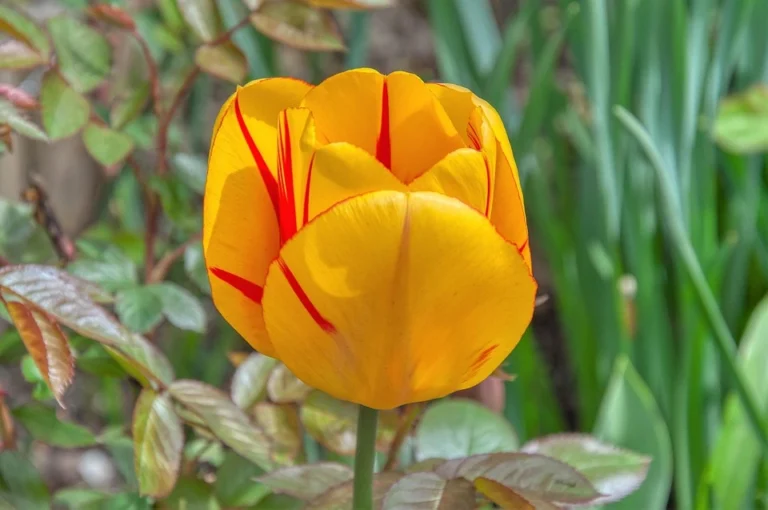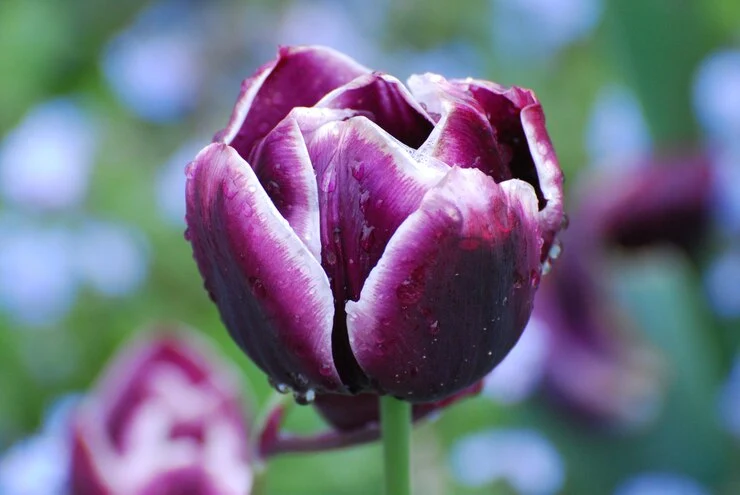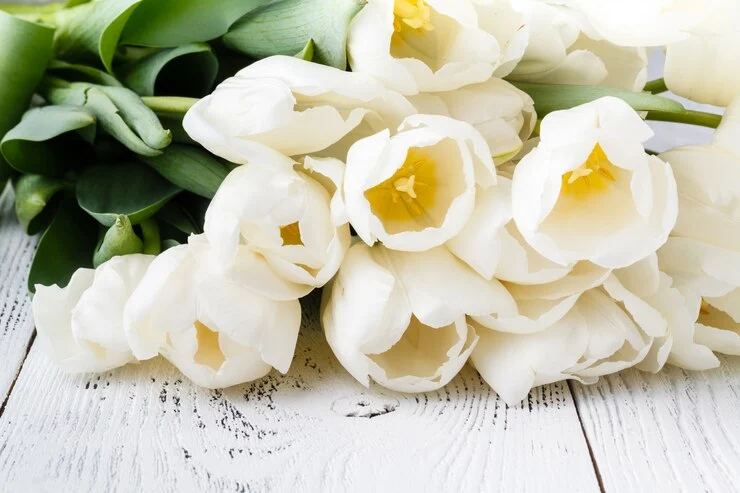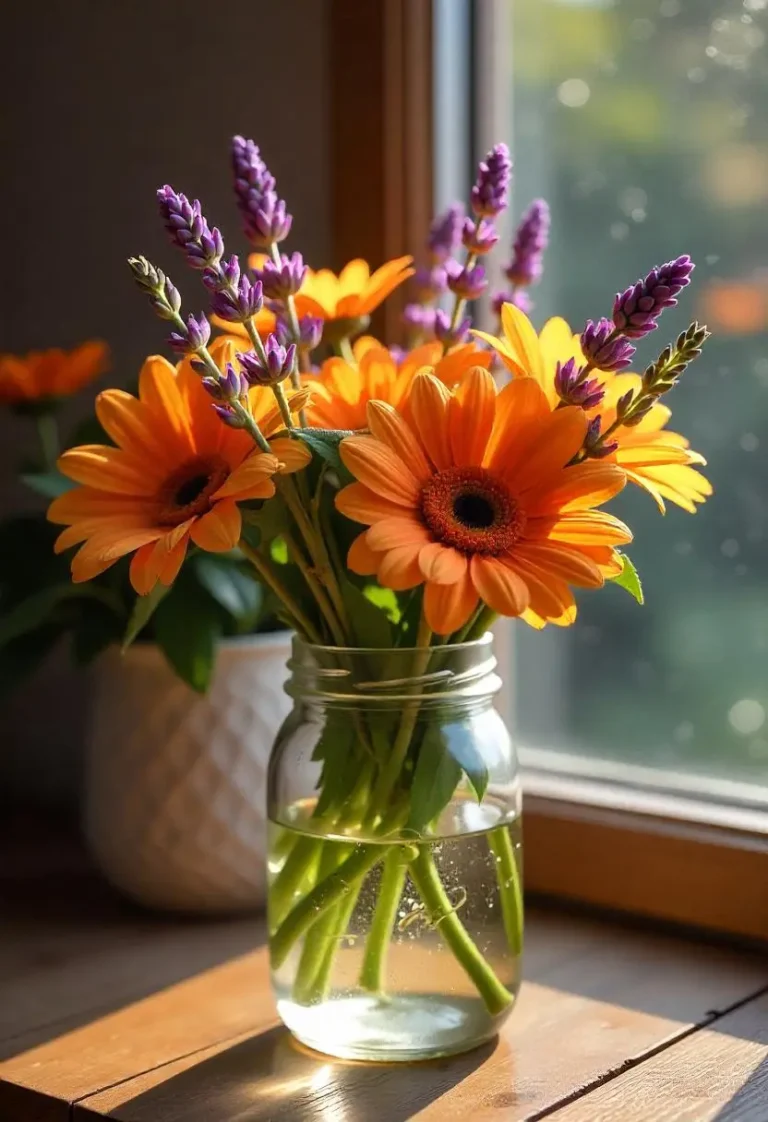The Ultimate Guide to Black Dahlia Flower: Mystery, Cultivation & Care
Table of Contents
The black dahlia flower stands as one of horticulture’s most captivating enigmas—a bloom shrouded in mystery, allure, and a touch of the macabre. Despite the name, these flowers aren’t truly black but rather deep shades of burgundy, purple, or red that appear nearly black under certain light conditions. As one of the most sought-after ornamental plants among serious gardeners and collectors, black dahlias combine striking visual drama with fascinating cultivation challenges.
What Are Black Dahlia Flowers?
Black dahlias are unique cultivars of the dahlia genus, which belongs to the Asteraceae family. These stunning flowers originate from Mexico, where they were once considered sacred by the Aztecs. The quest for the perfectly black dahlia has captivated breeders for generations, resulting in increasingly darker varieties that approach—but never quite reach—true black.
Characteristics of Black Dahlias:
- Color Range: Deep burgundy, dark purple, chocolate brown, or deep maroon that appears nearly black
- Size: Blooms can range from 2 inches to dinner-plate size (10+ inches) in diameter
- Bloom Time: Mid-summer through first frost
- Height: Typically 2-5 feet tall, depending on variety
- Growth Habit: Bushy plants with multiple blooms
Popular varieties include ‘Black Jack’, ‘Arabian Night’, ‘Nuit d’Été’, and ‘Chat Noir’—each offering its own unique depth of color and petal formation.
The Fascinating History of Black Dahlias
The history of black dahlias is as rich and complex as their velvety petals. Dahlias were first discovered by Spanish explorers in Mexico in the 16th century, but the pursuit of the elusive black dahlia wouldn’t begin until centuries later.
From Mexico to Modern Gardens
Dahlias were initially valued by the Aztecs for their edible tubers and medicinal properties. When specimens were sent to Europe in the late 18th century, they quickly captured the imagination of botanists and garden enthusiasts. The European fascination with these flowers led to extensive hybridization efforts, with breeders working tirelessly to develop new colors, forms, and sizes.
The Cultural Impact
The term “Black Dahlia” gained notoriety beyond gardening circles when it became associated with the infamous 1947 murder case of Elizabeth Short in Los Angeles. This cultural connection added a layer of mystique to the already enigmatic flower, cementing its place in popular culture as a symbol of mystery and dark beauty.
The ongoing quest for breeding a truly black flower—not just in dahlias but across all flowering plants—represents one of horticulture’s great challenges. This pursuit has driven significant innovations in plant breeding techniques.
Growing Black Dahlia Flowers: A Complete Guide
Successfully growing black dahlias requires understanding their specific needs and preferences. These dramatic flowers can become the centerpiece of your garden with proper care and attention.
Climate and Growing Conditions
Black dahlias thrive in:
- USDA Hardiness Zones: 8-11 (grow as annuals in colder regions)
- Sunlight: Full sun (6-8 hours daily)
- Soil pH: 6.0-7.0 (slightly acidic to neutral)
- Soil Type: Rich, well-draining soil with high organic content
Planting Black Dahlias
When to Plant:
- After all danger of frost has passed
- Soil temperature should be at least 60°F (15°C)
Planting Process:
- Dig holes approximately 6-8 inches deep
- Space plants 18-24 inches apart (depending on variety)
- Place tubers horizontally with the “eyes” or growth buds facing upward
- Cover with 2-3 inches of soil initially, then gradually fill as plants grow
- Water thoroughly after planting
Watering and Fertilization
Black dahlias require consistent moisture and nutrition to produce their spectacular blooms:
- Watering: Provide deep, regular watering (1-2 inches per week)
- Fertilization Schedule:
- At planting: Incorporate balanced organic matter
- Monthly: Apply low-nitrogen, high-phosphorus fertilizer (5-10-10)
- Avoid high-nitrogen fertilizers, which promote foliage at the expense of flowers
Common Challenges and Solutions
Growing black dahlias can present several challenges, but most can be overcome with proper preventative measures and care.
Disease Prevention
Common diseases affecting black dahlias include:
- Powdery Mildew: Appears as white powdery patches on leaves
- Prevention: Proper spacing for air circulation
- Treatment: Fungicidal sprays, neem oil
- Botrytis (Gray Mold): Gray fuzzy growth on petals and stems
- Prevention: Avoid overhead watering
- Treatment: Remove affected areas, apply fungicide
- Verticillium Wilt: Wilting despite adequate water
- Prevention: Crop rotation, clean tools
- Treatment: Often fatal; remove infected plants
Overwintering Black Dahlia Tubers
In zones colder than USDA Zone 8, black dahlia tubers must be dug up and stored for winter:
- Cut back foliage after first frost
- Carefully dig tubers, leaving a few inches of stem attached
- Gently clean off soil (do not wash)
- Allow to dry for 24 hours
- Store in ventilated containers with peat moss, vermiculite, or sawdust
- Keep in a dark, cool (40-50°F) location
- Check periodically for rotting or shriveling

Design Ideas: Showcasing Black Dahlias in the Garden
The dramatic impact of black dahlias makes them perfect focal points in garden design:
Striking Color Combinations
- High Contrast: Pair with bright yellows, oranges, or whites
- Sophisticated: Combine with silvers, purples, and deep blues
- Monochromatic: Create a dark garden with other near-black flowers like black hollyhocks or black pansies
Landscape Applications
- As focal points in cottage gardens
- In cutting gardens for spectacular floral arrangements
- In container gardens on patios and balconies
- Along borders for dramatic height and texture
Cutting and Arranging Black Dahlias
Black dahlias make spectacular cut flowers with proper handling:
Harvesting Tips
- Cut in early morning when temperatures are cool
- Choose flowers that are fully open but fresh
- Use sharp, clean shears to cut stems at a 45-degree angle
- Immediately place in warm water (100-110°F)
Vase Life Extension
- Remove foliage below the water line
- Change water every 2-3 days
- Add floral preservative
- Keep arrangements away from direct sunlight and fruits (which release ethylene gas)
With proper care, black dahlia arrangements can last 5-7 days, bringing their dramatic beauty indoors.
Conclusion: The Timeless Appeal of Black Dahlias
The black dahlia flower represents nature’s pursuit of the impossible—a truly black bloom—resulting in flowers of such deep, rich color that they appear to absorb light rather than reflect it. These mysterious blooms continue to captivate gardeners, collectors, and flower enthusiasts worldwide.
Whether you’re an experienced gardener looking for a new challenge or simply drawn to their unusual beauty, black dahlias offer a rewarding growing experience. Their dramatic appearance, combined with their rich history and cultural significance, ensures their continued popularity in gardens and floral designs.
By following the cultivation advice in this guide, you can successfully grow these magnificent flowers in your own garden, creating a display that is sure to become a conversation piece and the envy of your neighborhood.
Are you growing black dahlias in your garden? Share your experiences in the comments below!
Have questions about growing black dahlias or other exotic flowers?
Share Your Opinion,Did You Find The Article Helpful ?
There are no reviews yet. Be the first one to write one.
